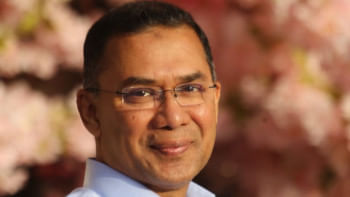Life under apartheid
For many too young or too distant to remember, apartheid is little more than a distant historical fact, a system of forced segregation to learn about in history class, to condemn and to move on.
But for South Africans who survived the decades of punishing racial classification, humiliating work rules, forced relocation and arbitrary treatment by authorities, the end of apartheid was the birth of an entirely new world, midwifed in large part by Nelson Mandela.
Ellen Moshweu was just trying to go to church. A police officer shot her in the back on that November day in 1990.
David Mabeka was at home in 1986, sleeping through a newly declared South African government state of emergency, when police burst in to his home and took him away.
A young black man, just trying to get home, was thrown into the back of a police van and taken to jail despite the indignity of presenting a white police officer valid identity papers. The officer crumpled the pass at the man's feet and took him to jail anyway.
This was apartheid.
Between 1949 and 1953, South African lawmakers passed a series of increasingly oppressive laws, beginning with prohibitions on blacks and whites marrying in 1949 and culminating with laws dividing the population by race, reserving the best public facilities for whites and creating a separate, and inferior, education system for blacks.
One of the laws, the Group Areas Act, forced blacks, Indians, Asians and people of mixed heritage to live in separate areas, sometimes dividing families. A system of passes and identity papers controlled where blacks could travel and work.

 For all latest news, follow The Daily Star's Google News channel.
For all latest news, follow The Daily Star's Google News channel. 



Comments